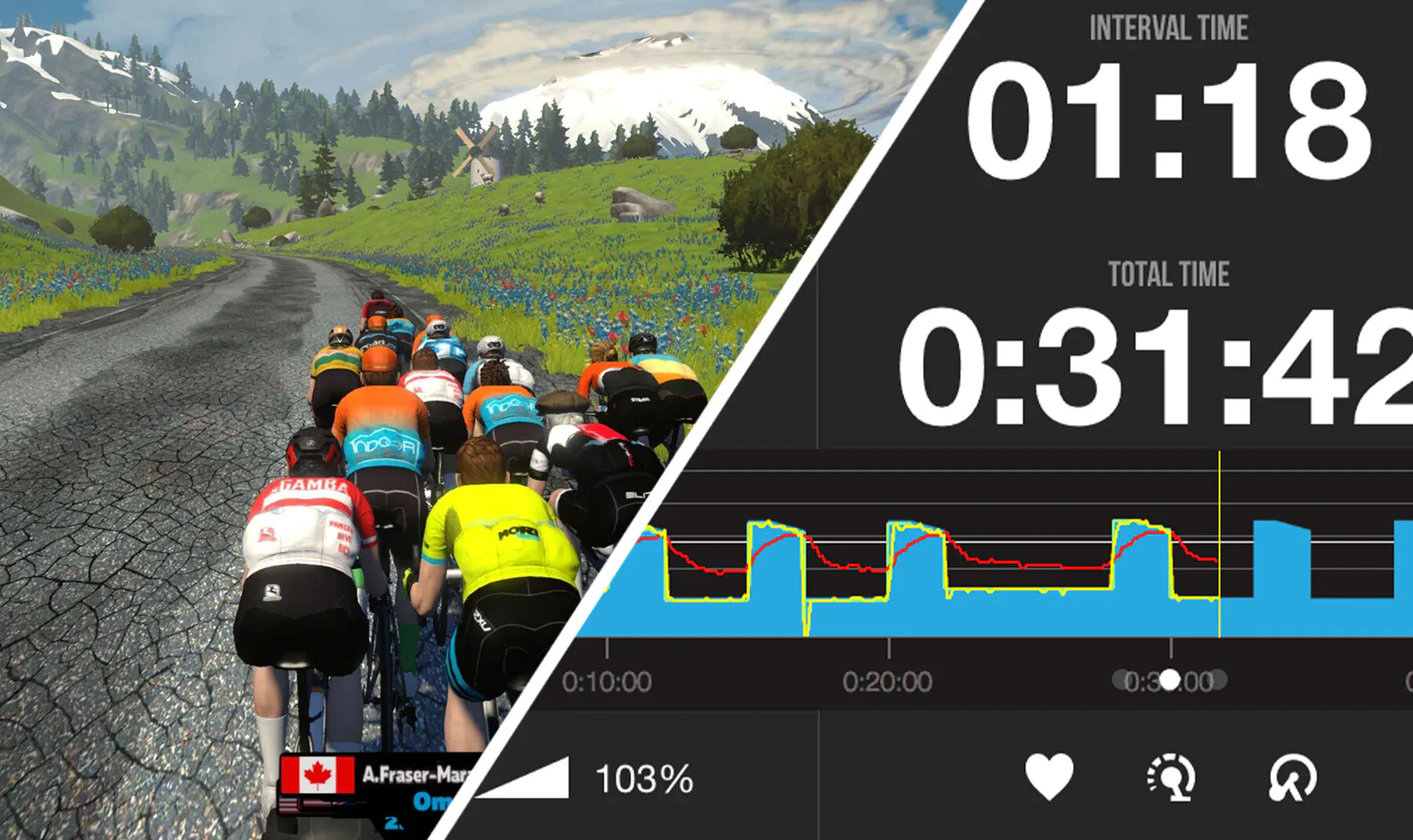The Trek Domane is a classic example of an endurance road bike: It can do it all. You can hop in a road race with it, commute on it, take it for your long ride, and even venture onto gravel with it. Endurance road bikes are built to perform, but also to be comfortable.
What Trek Domane is right for you?
Though the Trek Domane was originally designed for pro racers in Europe, it’s become a versatile bike that’s great for just about everyone. Here we’ll cover technology, evolution, notable models, and what makes this bike such a great pick for a wide variety of riders. Depending on your budget, there’s an option for everyone.
SHOP TREK ROAD BIKES | SHOP TREK BIKES
History of the Domane
In its earliest version, this endurance bike was built to take on the cobbled roads of Europe’s spring classics — long days, brutally steep bergs, and endless rocky roads. Endurance bikes are made to have more relaxed geometry for an upright position and more stable handling. Wider tire clearance provides more cushion and reduces fatigue, especially on bumpy roads. Today, that’s still the biggest appeal — this bike is light enough to race with, but comfortable enough to ride all day.
Trek’s version of the endurance bike debuted just before the spring classics in 2012. Trek worked closely with world champion Fabian Cancellara, one of the greatest classics riders in modern history, to develop the bike.
The most notable feature of the Domane is the IsoSpeed system, which maintains the stiffness and efficiency of a road racing bike, but adds compliance to reduce the fatigue that comes with jarring, rough terrain. Trek sought to do this without the addition of an active suspension system, like on a mountain bike. Instead, it implemented decoupler systems — one that sits between the seat tube and top tube of the bike, and another that sits in the top of the head tube and bolts into the steerer tube via an assembly that includes a preloaded spring. Essentially, the frame is engineered to flex vertically for comfort, while remaining laterally stiff and efficient when you get on the pedals.
As the bike evolved, all kinds of technological advancements were added.
The Trek Domane’s evolution looked like this:
2012-2015 Domane
-IsoSpeed system features flex at various points to mute jarring bumps
The first-generation Trek Domane.
2016-2019 Domane
-Addition of a front IsoSpeed decoupler to decouple the steerer tube from the head tube and further reduce vibrations
-New slider introduced on Domane SLR models that allows riders to adjust the level of damping offered by the rear IsoSpeed
-Disc version allows 32mm tire clearance
2020+ Domane
-More aerodynamic frame
-Even more tire clearance added, up to 38mm
-Hidden Storage compartment in the down tube
SHOP TREK ROAD BIKES | SHOP TREK BIKES
The latest Domane design packs in aero, comfort, and storage features.
Different builds
Here are a few of our favorite Domane builds from Trek that we’ve seen at TPC.
Trek Domane 5.2 Compact Road Bike - 2013
Trek designed the Domane to absorb bumps but also sustain speed. Its IsoSpeed decoupler improves comfort without sacrificing power transfer. This system separates the seat tube from the top tube so that it can flex freely. The compliance helps the bike isolate the rider from bumps and vibration. At the front, Trek designed an IsoSpeed fork that used more rake and a reversed dropout. A carbon IsoZone handlebar featured closed-cell foam pads in the top and drops of the handlebar, to mute the jarring of cobbled roads.
Trek Domane 5.9 Road Bike - 2016
The second-generation Domane was released in 2016. The main revision to the bike was the addition of a front IsoSpeed decoupler to isolate the steerer tube from the head tube and further reduce vibrations at the front end without impacting handling. High-end SLR models also featured a new slider on the seat tube that allowed riders to adjust the level of damping offered by the rear IsoSpeed. That adjustment only takes a few seconds and a 4mm hex wrench. New disc versions of the Domane were also offered, increasing tire clearance to 32mm.
The Trek Domane 6 Series added IsoSpeed to the front end to match the rear.
Trek Domane SLR 6 Disc Road Bike - 2017
To further improve vibration reduction, an IsoCore handlebar was added. It includes a layer of rubber inside the carbon fiber. Tire clearance gets bumped up from 25mm to 28mm on the rim brake version, and 32mm on the disc brake model. On high-end models like the SLR 8, there’s also an upgrade to electronic shifting and a removable panel in the down tube for the Shimano Di2 battery.
Domane SL5 - 2020
With the newest models of the Domane, the top tube IsoSpeed on high-end SLR models has been improved. It is tunable and offers a finer balance between stiffness and comfort. It uses a repositioned slider under the top tube and an additional elastomer integrated into the design to offer more damping (SL models retain the original non-adjustable IsoSpeed system). The tube shapes have all been tweaked, borrowing technology from Trek’s more race focused road bikes to improve aerodynamics. The new Domane offers more tire clearance and can fit up to 38mm tires. The Hidden Storage compartment in the down tube provides a discrete space on the bike to store spare tubes, tools, and snacks.
Conclusion
If you’re looking for a versatile bike, the smooth ride, predictable handling, and upright riding position make the Domane perfect for both a new cyclist looking to push their mileage, and a seasoned racer, interested in rougher roads. The IsoSpeed technology reduces muscle fatigue and joint stress by absorbing vibrations from varied terrain, making it ideal for someone who truly wants to explore.
Generally, if you want disc brakes, look at 2015 models and newer. Trek offered the Domane with rim brakes from 2013 to 2019. From 2020 onward, the new generation Domane will only be available with disc brakes. If you want electronic shifting, look for 2017 and newer. And if you want clearance for tires as wide as 38mm, or aero features, look at the 2020 and 2021 models.

























